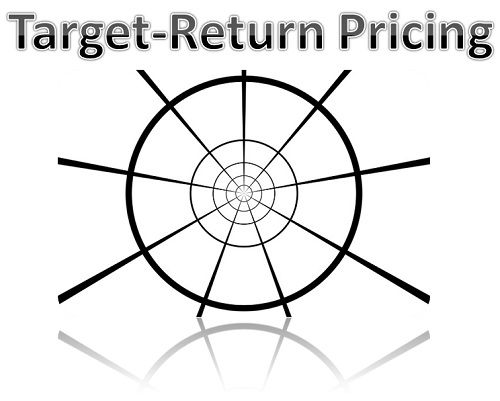Definition: The Target-Return Pricing is a method wherein the firm determines the price on the basis of a target rate of return on the investment i.e. what the firm expects from the investments made in the venture.
Here, the firm calculates the amount invested in the business activities and then determine the return they expect from these assuming a particular quantity of the product is sold.
In case the forecasted quantity is not sold in the market, then a firm can prepare the break-even chart wherein the breakeven points are calculated for different sales quantity. The manufacturer should try to minimize the cost of production as the break-even volume is directly proportional to it.
Let’s understand the concept of Target-Return Pricing through an example:
Suppose the tractor manufacturer has invested 2 million in his venture and he expects to earn 20% as an ROI. Therefore, he will set the price accordingly. The cost and sales expectation are:
Unit cost: 20
Expected sales: 50,000 units
The Target-Return Pricing is given by:
Target-Return Pricing = unit cost + (desired return x invested capital) /unit sales
Thus, Target-Return Pricing = 20 + (0.20 x 2,000,000) / 50,000 = Rs 28
To earn the ROI of 20%, the company must sell the product at Rs 28, provided 50,000 units are sold.
The target-return pricing is easy to calculate and understand. Also, it gives direction towards which the efforts of all the team members should be directed, to accomplish the set ROI.
But however, the major limitation of this method is the accuracy with which the amount of sales is estimated. It is not necessary that the quantity for which the set ROI is achievable will be same for all the other quantities.


Leave a Reply